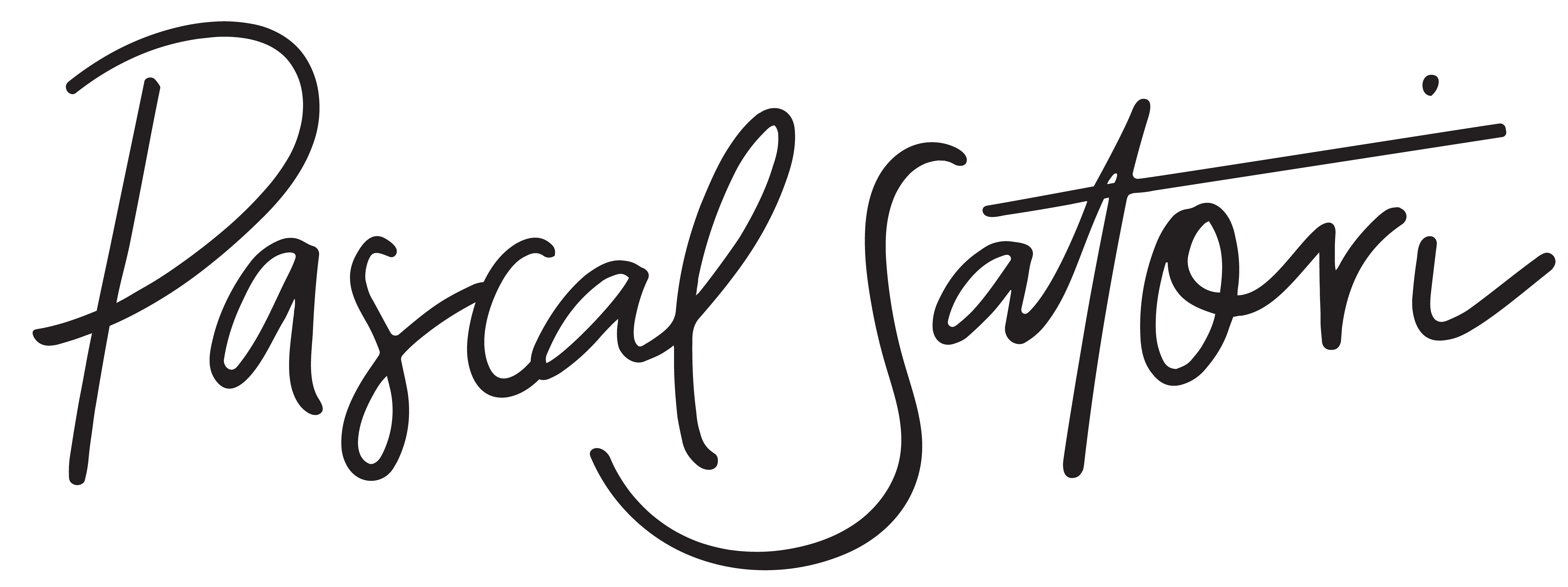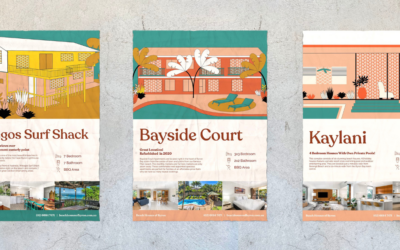Have you noticed that it’s pretty hard to come up with an original offering these days?
Whether you’re selling personalised cupcake, epic event planning skills, or imposing order on chaotic pantries – you’re unlikely to be the only person doing it.
Twenty years ago, you might have been able to seem original. If your offering was new and pioneering or other vendors were geographically distant, you might have managed to carve out a niche. But, the marketplace is beyond crowded now. With every fad that spirals into a trend, a thousand new businesses are born, many of them indistinguishable, copycats or just opportunists riding the coattails of their predecessors. For every need or want you can dream of, there are probably hundreds of product or service-based businesses existing specifically to address it. Just for a random example, typing ‘pantry organiser service’ into Google yields over 7 million results in less than a second.
As consumers, we’re connected to brands and to each other on an unprecedented scale. Geography has lost it’s relevance, and we’re spoilt for choice, too: variety is easily accessible and comparison between brands is simple. So, how do you stand out as a brand if you can’t always rely on originality or scarcity to drive demand for your offering? How do you get customers to choose you when there are so many others in the same space with the same product and price? Well, the answer is actually that old chestnut you’ll find right in the first chapter of a Branding 101 textbook: Differentiation.
What’s differentiation in branding?
Well, when we talk about differentiation in branding, it loops into another term you might have heard of: your USP, or unique sales proposition. Differentiation refers to actively choosing to set your brand apart from others in its category by focusing on what unique benefits your brand can offer your customers that others can’t. These unique benefits are your USP, and this needs to be at the core of your brand.
How do I know what unique benefits my brand offers?
Let’s go back to the pantry organisation example for a moment. Let’s say there are five services in this category, in your region. You own and operate one of these businesses. Your pricing structure is the same as that of your competitors, the services that you offer are the same, the inclusions and parameters are the same. You pride yourself on your customer service, and so do they. You tried lowering prices to appeal to customers that way, but found it unsustainable. So, how do you set your pantry organisation services brand apart from the other four?
Your brand story.
Whatever your offering is, whatever industry you’re in, there’s one thing you can do as a brand that will set you apart, and that’s your story and how you communicate it. By your story, we don’t mean the ‘About’ page on your website (although sometimes people conflate these). Your brand story begins with the collection of images, associations and emotions evoked by your brand. It’s what you convey, how you make customers feel, and what you entice them to believe. You can’t orchestrate this effect completely, because the way customers experience your brand is a part of your story, too, and they author that themselves. But, you can present your brand in a strategic way to cultivate a particular reaction, call to mind a particular aesthetic and connect your brand to a particular segment of society, lifestyle and value set. Ideally, you should nail down your story in the early stages of your business, when you enlist the help of a strategic branding consultancy (*waving*) to work out your offering, market position, brand aesthetic and tone of voice, as well as your premise and your promise.
There’s your story.
What will make customers pay attention to my brand story?
You’ve got to give customers what they’re looking for: Reasons to choose you.
Your story should show them why you’re the best choice for them. You might have higher quality products, expanded service offerings or a hard-earned rep for excellent workmanship, and that’s all valid. That’s your premise. But, to really gain a foothold in the minds of consumers, you’ll need to resonate with them on a deeper level, and that’s about your promise, or what your brand will do for them.
So, when you offer a pantry organisation service, you need to tell your customers not only what the service will do, but what it will mean for them to have this service delivered. How will they feel when you’ve placed your trademark labels on uniform jars of spices and lined them up in a neat little row? How will their world be transformed when they know exactly where the oats are? How will having a pristine pantry impact other areas of their life? What sort of lifestyle will they have and what sort of person will they be then? And why is it that they will get these benefits from you above another competitor?
Okay…But how do I say all this?
Off the top of our heads, we’d suggest that, for a pantry organiser, your story will need to appeal to your audience’s desire for mastery over elements of their life that feel shambolic, disparate and inadequate, and control over parts that feel overwhelming. Through your marketing and branding, you’ll want to show them images and feed them tales of people preparing wholesome meals for their wholesome families, in clean kitchens with clear, uncluttered bench-tops. Everyone will look calm and happy and healthy, because that’s what happens when you don’t have tins of Milo from ten years ago in the deepest reaches of your pantry. Your whole life changes – obviously. A manageable, sparkling world where order reigns, probably in every aspect, even relationships and money and careers, because why stop at your pantry?
Your audience will arrive at a lot of these answers subconsciously. A good brand story is a bit like a literary novel over an airport thriller: less exposition, more illustration, or showing over telling. Let them come to their own conclusions, and customers will opt in to your story just as much, if not more than the offering itself. A good brand story will sell them on the offering and the effect at once. In a crowded marketplace, differentiation is not just a tactic, it’s an imperative. Find your USP, communicate it and leverage it. Don’t try and copy another brand’s marketing. Don’t base your brand identity on another brand’s identity. Don’t imitate or replicate.
Imitation may be the sincerest form of flattery, but it’s also the death knell for a brand. If all you can do is churn out a cookie-cutter, carbon-copy version of an offering that already exists in spades, don’t. Slap your own hand. You can do better than this! Think about what you have to offer, how you will differentiate your brand, how you can engage with your customers and be responsive to them, and how you can give your brand a story that your audience can’t help but listen to. Then, they’ll become advocates and your work is done. You can pretty much quit and move to the Maldives at this point.
Sound good?
Contact Pepebucks to put your beach retirement plans into action via a killer brand strat. By then, we’ll also be able to provide personal recommendations for pantry organisation services. Call 0411 755 895 or email paris.young@pascalsatori.com.au to get started.




